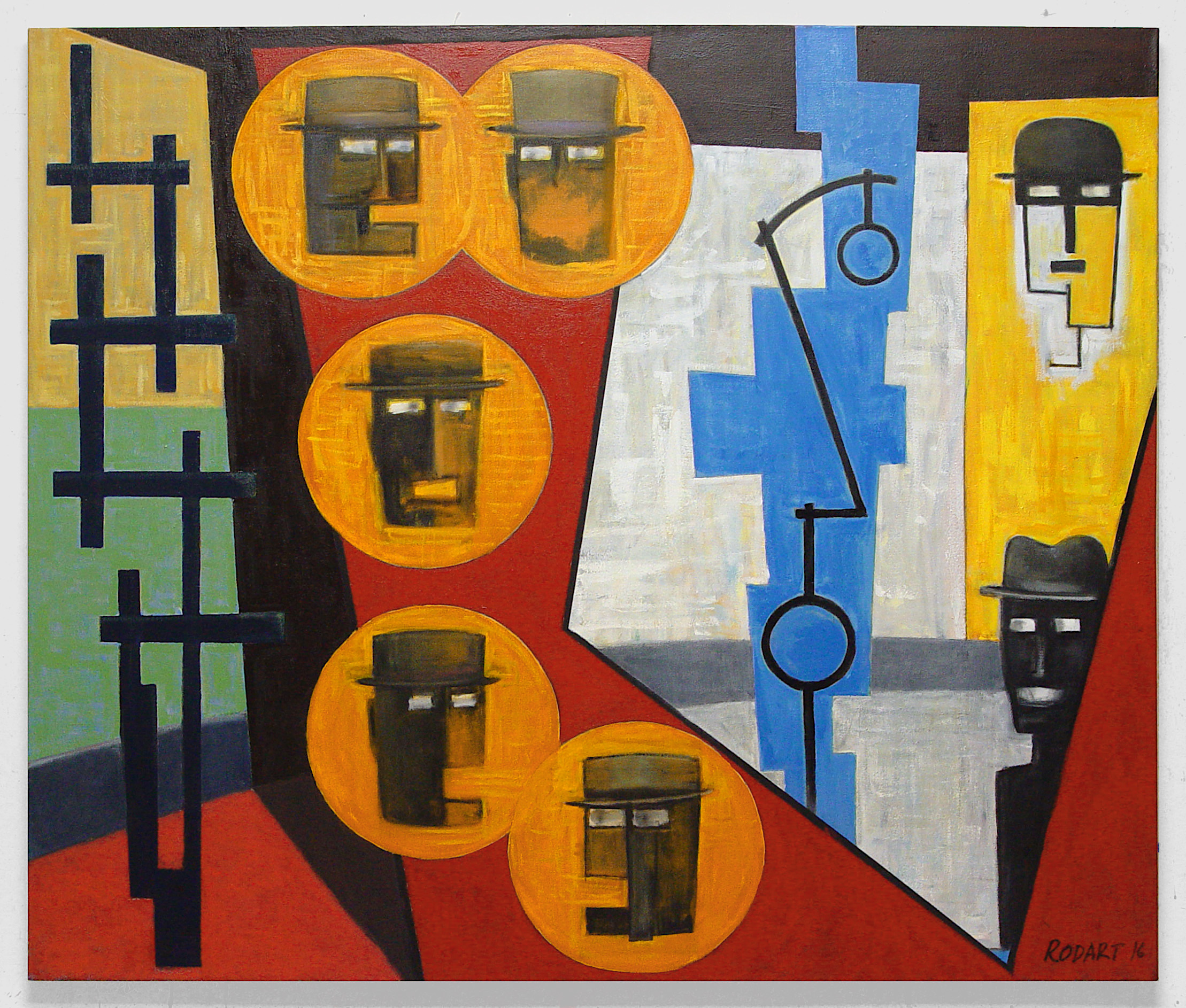Riding in the subway car minding my own business as the train makes a racket and slows to a stop. The arrival sets off the hustle and bustle as riders get on or off.
Every once in awhile this exchange of people is punctuated by a voice over the noise that starts a voice over the noise that starts a lament, a litany of reasons exorcising loose change into the rattling paper cup it the panhandler.
The other passengers respond with a variety of behaviors. som reach in their purse for change. others, like me on this day, just ignore him.
I was casually observing the other passengers and the performer when I became aware of something odd. The man was talking in an intelligible drone, a "lorem ipsum" of speech, filler sounds without meaning. at the next stop he got off, never uttering another word or asking for spare change.
In recalling his event later I felt I had experienced a brilliant performance of street theater. I don't know if it was and it really doesn't matter. one of the ways art functions in the culture is by challenging our expectations.
We navigate our daily lives by responding to situational events with a script created by our past experiences. We all respond personally but, for any given situational event there are generally a finite number of responses. they are culturally and personally derived. these responses are also shaped by the historical moment.
Art forms that challenge our expectations cause us to reexamine our script, they make us aware of our subliminal responses by subverting our expectations on how an event will unfold.
In the event like this performance in the subway car, and in its reselling, we often just drill down through our situational scripts. these drift from panhandler to crazy or an assumption if misperception by the observers.
The performance, by distorting our perceptions, can make us aware of the hidden assumptions we use to navigate our lives. This simple, but precisely executed even, can shed some light on other expectations we have about life and on how art can illuminate our lives.





















